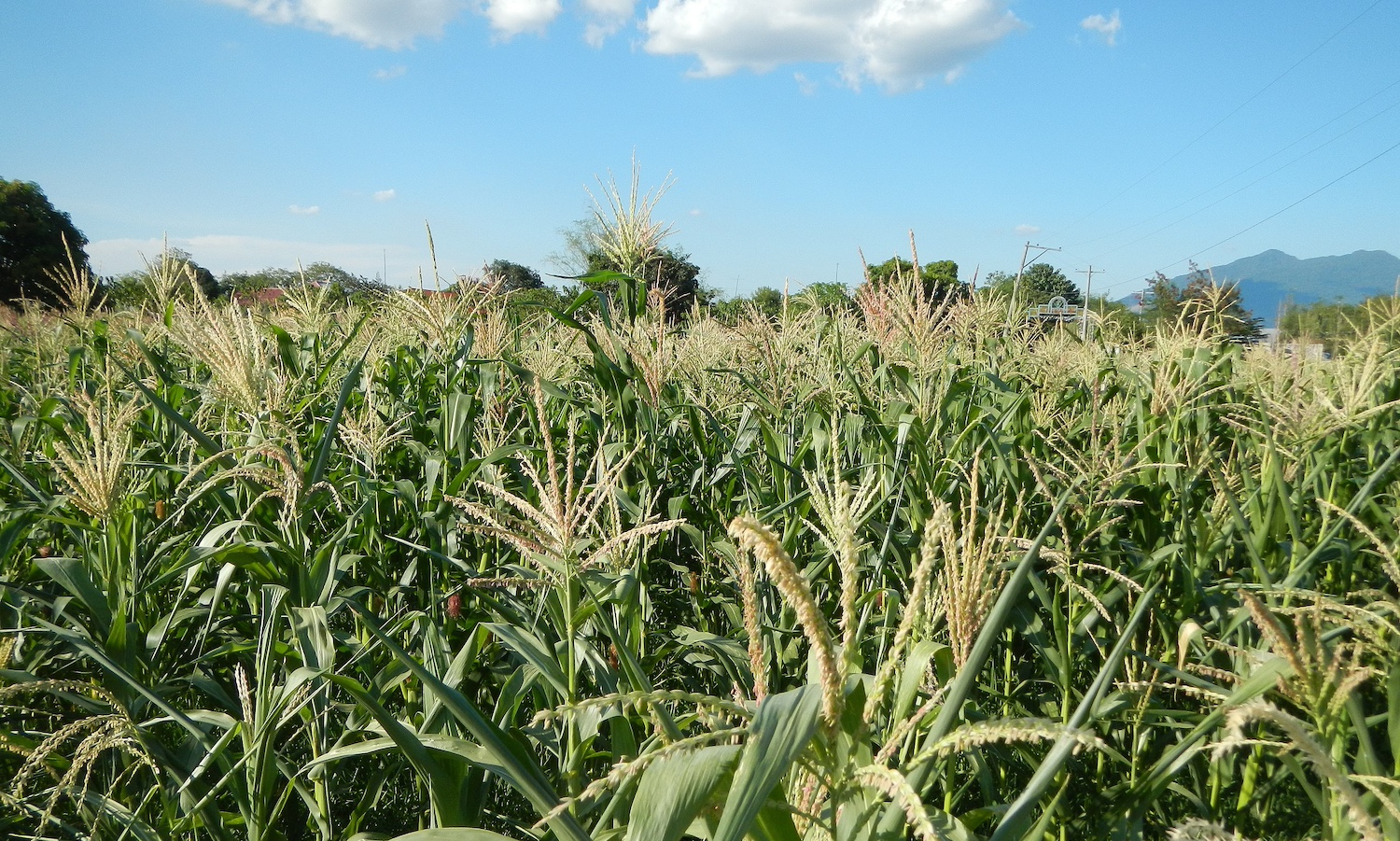There have been real shifts in United States trade policy over the last few years, with significant changes to rules on investment, digital trade, and worker rights. U.S. Trade Representative Katherine Tai rightfully takes pride in the most worker-centered trade policies in recent history. New tools in the U.S.-Mexico-Canada Agreement (USMCA) give workers in all three countries new ways to advance their labor rights. It’s time now to test another innovation in USMCA—rules that ensure governments can enact programs to protect Indigenous rights and biodiversity.
The U.S. trade challenge to Mexico’s rules to limit the use of genetically modified (GM) white corn in tortillas, flour, and other foods for human consumption presents such a test case. A central debate in this case is whether insecticidal and herbicide-resistant GM corn are safe, especially where, as in Mexico, white corn is such a significant part of the diet. The Mexican government has produced voluminous scientific evidence supporting their concerns over the negative impacts of GM corn using glyphosate on human and animal health and biodiversity, claims backed up by evidence submitted to the USMCA trade dispute panel by the Center for Food Safety, Friends of the Earth, the Canadian Biotechnology Action Network, and Poder del Consumidor, among others.
But corn is more than a food ingredient in Mexico. Corn holds tremendous cultural, symbolic, and spiritual value for Mexico’s Indigenous peoples. Preserving the integrity and diversity of native corn species is essential to protecting Indigenous rights and cultural heritage.
This is a first opportunity to interpret an Indigenous Rights General Exception in any trade agreement involving the U.S. USMCA Article 32.5 on Indigenous Peoples Rights allows parties to adopt or maintain measures “necessary to fulfill its legal obligations to Indigenous peoples,” provided the measures are not unjustified discrimination or disguised restrictions on trade. It builds on similar, but vague, language in other trade agreements. The language of the USMCA general exception is bolstered in the Environment chapter, which elaborates on the links between Indigenous rights and biodiversity.
These provisions were the direct result of pressure by First Nations communities on the Canadian government, which has hailed the inclusion of the Indigenous rights exception as historic. Indigenous leaders also recognized the sweeping scope of the exception. Perry Bellegarde, former National Chief of the Assembly of First Nations (Canada) and an advisor to USMCA negotiators said: “This clause is pivotal. It assures the parties freedom to meet their legal obligations to Indigenous Peoples and to act in the interests of Indigenous peoples without the concern that such actions may run afoul of trade or investment rules, meaning that one state cannot bully the other at the cost of Indigenous peoples’ rights.”
Our organizations submitted comments in the official USMCA dispute resolution process. Our analysis establishes that Mexico’s measures regarding glyphosate and GM corn are necessary to fulfill its legal obligations to Indigenous peoples, including protecting biodiversity and ensuring access to safe, healthy, and culturally appropriate food. Mexico’s Constitution includes multiple provisions recognizing Indigenous peoples and rights specific to them. Indigenous rights are also protected through national legislation, executive decree, and international treaties to which Mexico is a signatory, including International Labor Convention 169 on Indigenous and Tribal Peoples Convention, the Convention on Biological Diversity and other United Nations conventions ensuring Indigenous peoples’ rights. Unlike in the U.S., in Mexico the ratification of such treaties is at the level of the Constitution and automatically made part of Mexico’s laws.
In 2019, Mexico enacted a Federal Law for the Promotion and Protection of Native Maize. The law designates over 60 varieties of corn developed with traditional and indigenous agricultural methods as part of Mexico’s national heritage, making its conservation a human right on par with nutrition, health, and culture. According to a sponsor, Senator Ana Lilia Rivera Rivera, a primary motivation for the legislation was “…the debt that [Mexico] still has with indigenous communities since the implementation of the North American Free Trade Agreement [NAFTA] in 1994.”
The purpose of Mexico’s February 2023 Decree banning use of GM corn in tortillas or flour and instructing Mexican government agencies to gradually substitute non-GM corn for GM corn in all products for human consumption and for animal feed “is to protect the rights to health and a healthy environment, native corn, the milpa, biocultural wealth, peasant communities and gastronomic heritage; as well as to ensure nutritious, sufficient quality diet.”
The measures enacted in the Decree are necessary to fulfill the legal rights of Indigenous peoples in Mexico. They are neither unjustified discrimination nor disguised restrictions on trade. In fact, the measures could create new markets. U.S. farmers wishing to export corn to Mexico have had three years to shift to non-GM varieties. U.S. white-corn farmers still have that option, and some farmers have either made that shift or have expressed a willingness to do so. Yields of non-GM corn are comparable to GM corn, according to seed industry sources, and can earn a premium price estimated at 10-20 percent higher than GM varieties. Rather than face economic harm, U.S. corn producers may reap higher returns in response to Mexico’s February 2023 Decree.
This case presents an opportunity to show that recognizing human rights in trade agreements and putting people at the center of trade policy is meaningful and realistic—not unenforceable window dressing. People-centered trade must include the rights of Indigenous people to healthy foods that honor their traditions.
The contributions of non-governmental organizations from the U.S., Mexico and Canada are available in English and Spanish on IATP’s resource page on the dispute.
Articles like the one you just read are made possible through the generosity of Food Tank members. Can we please count on you to be part of our growing movement? Become a member today by clicking here.
Photo courtesy of Judgefloro, Wikimedia Commons











